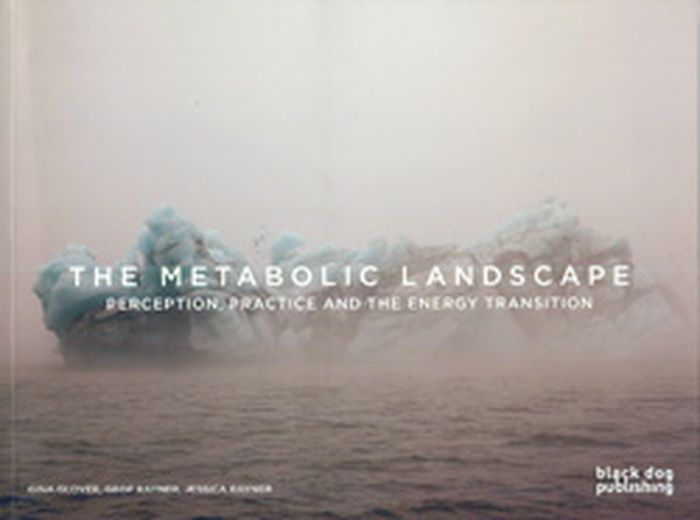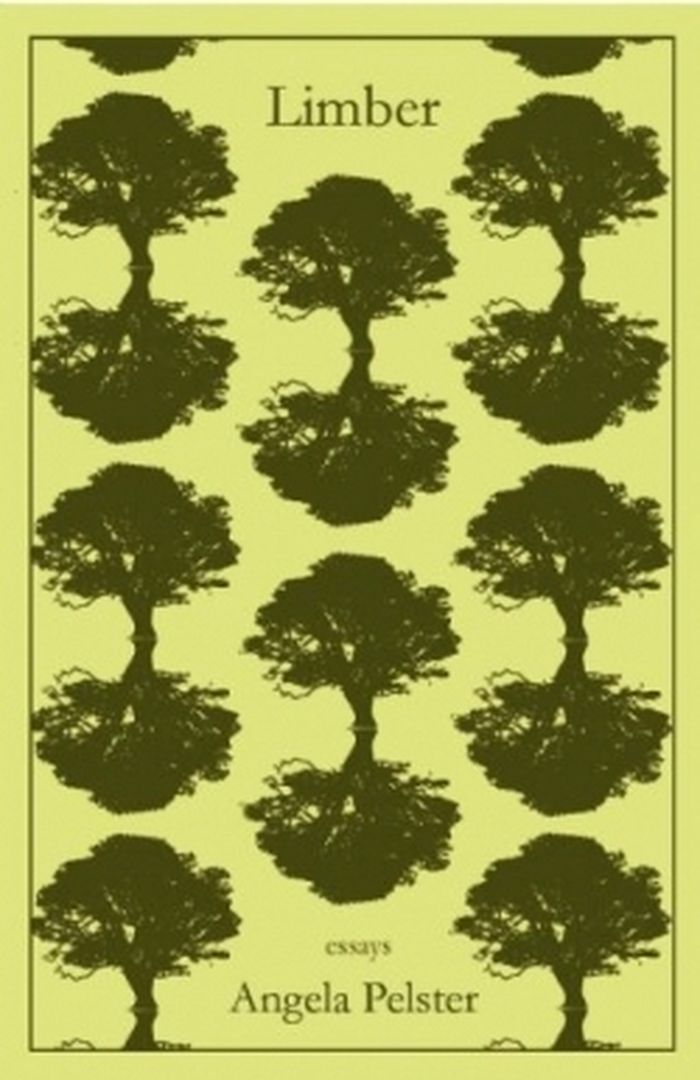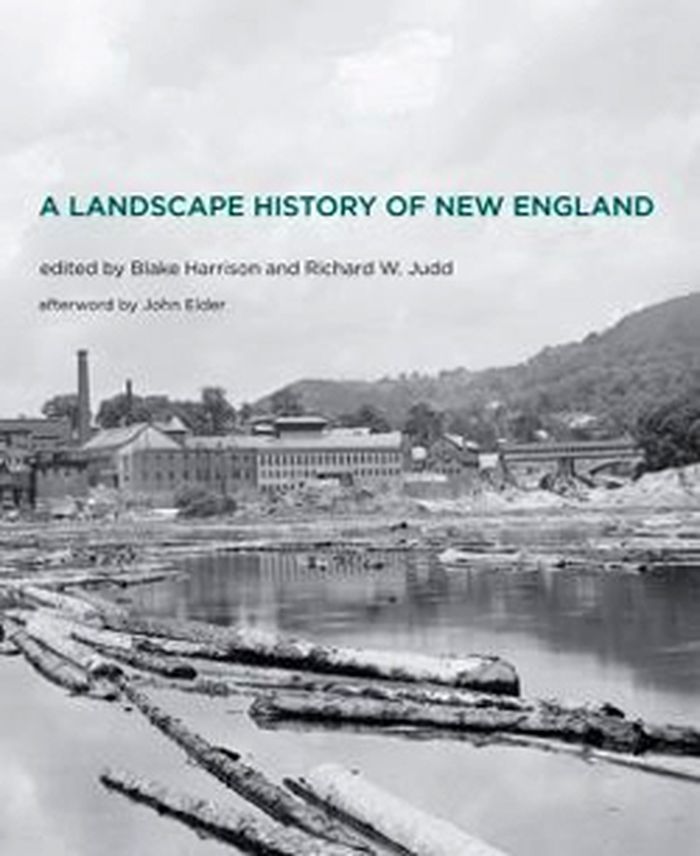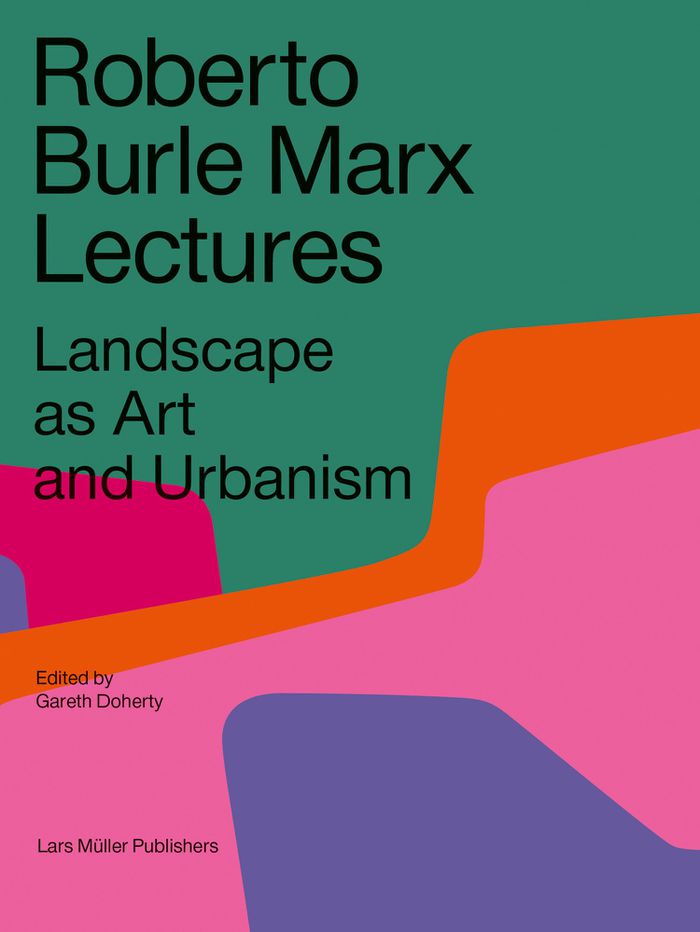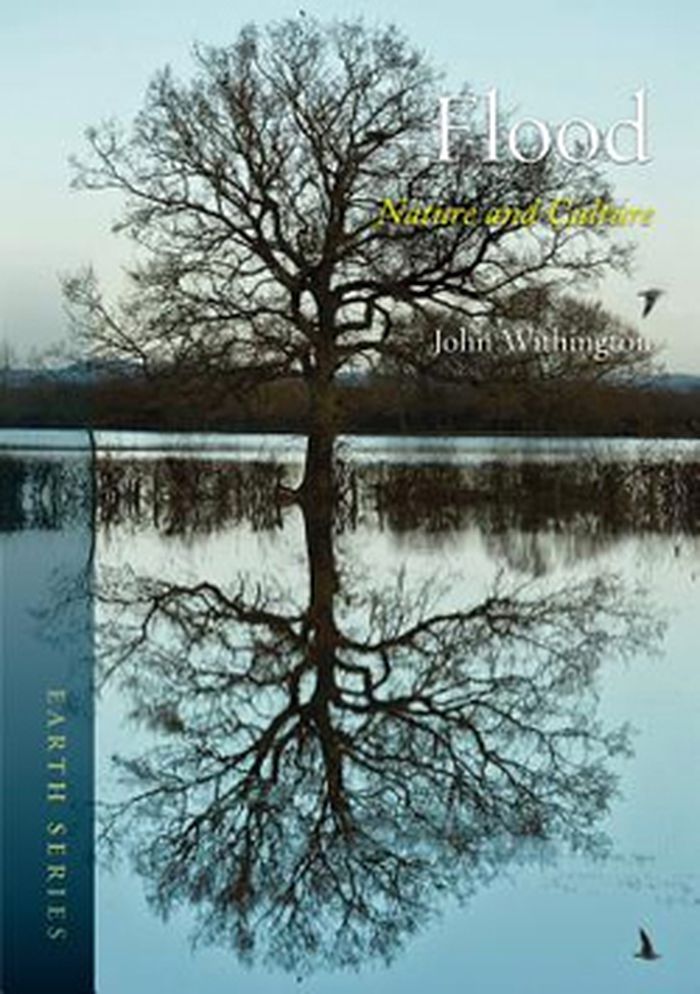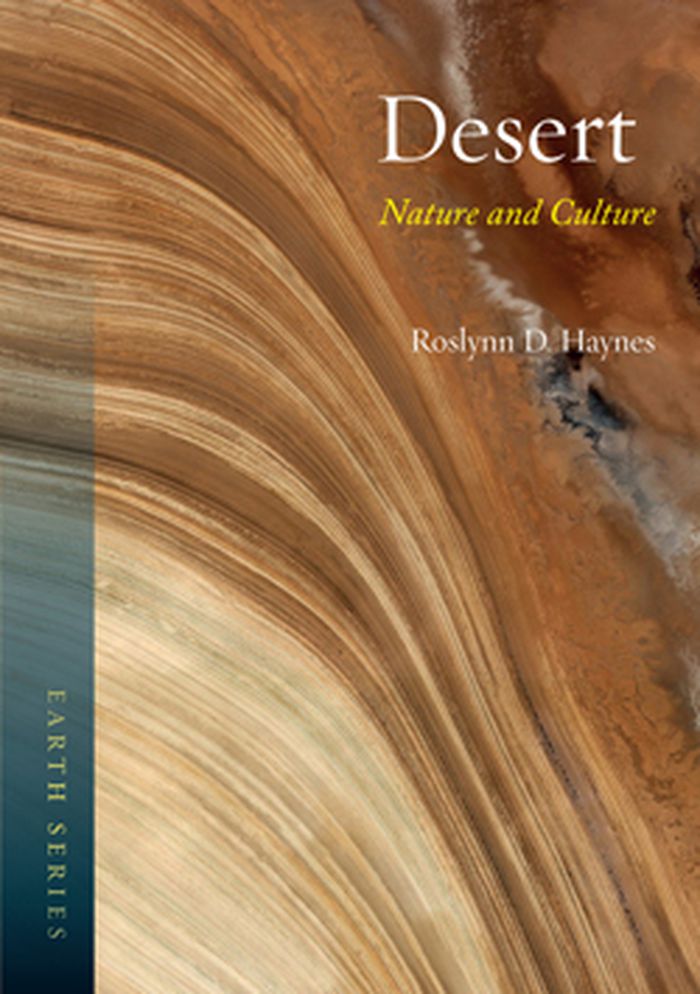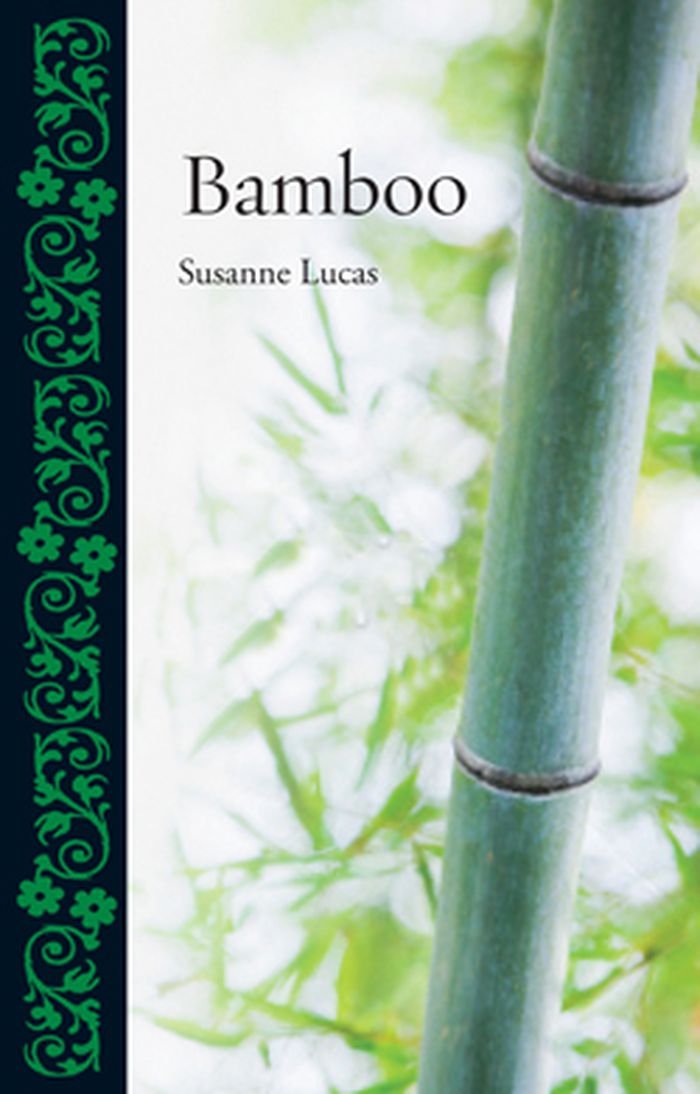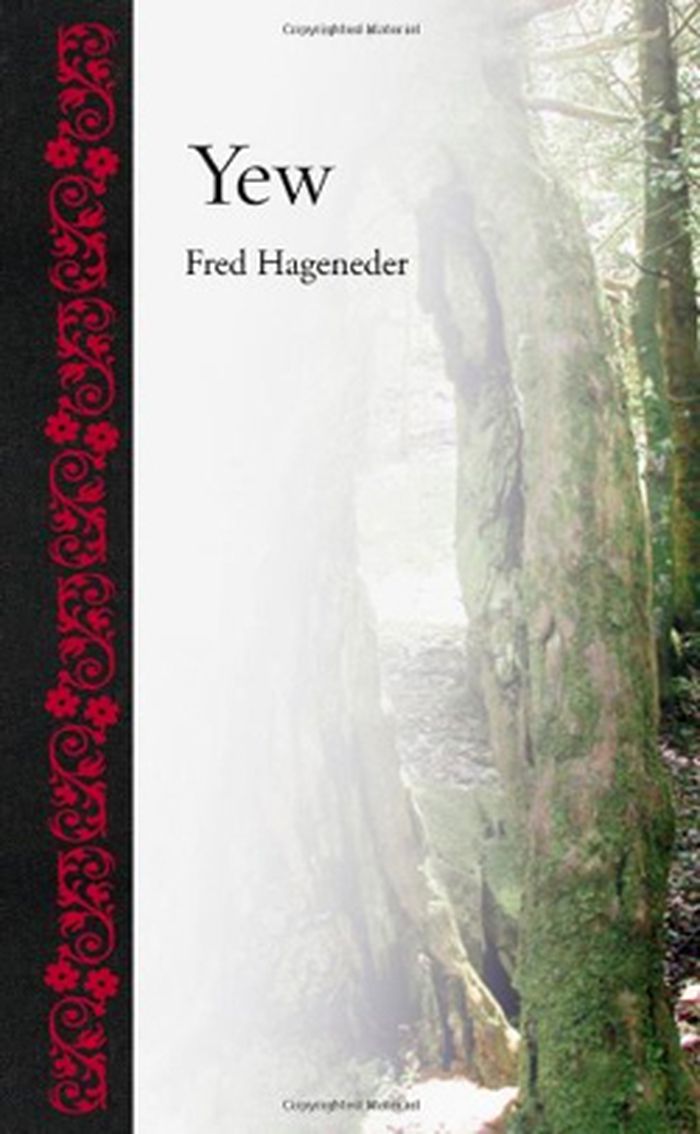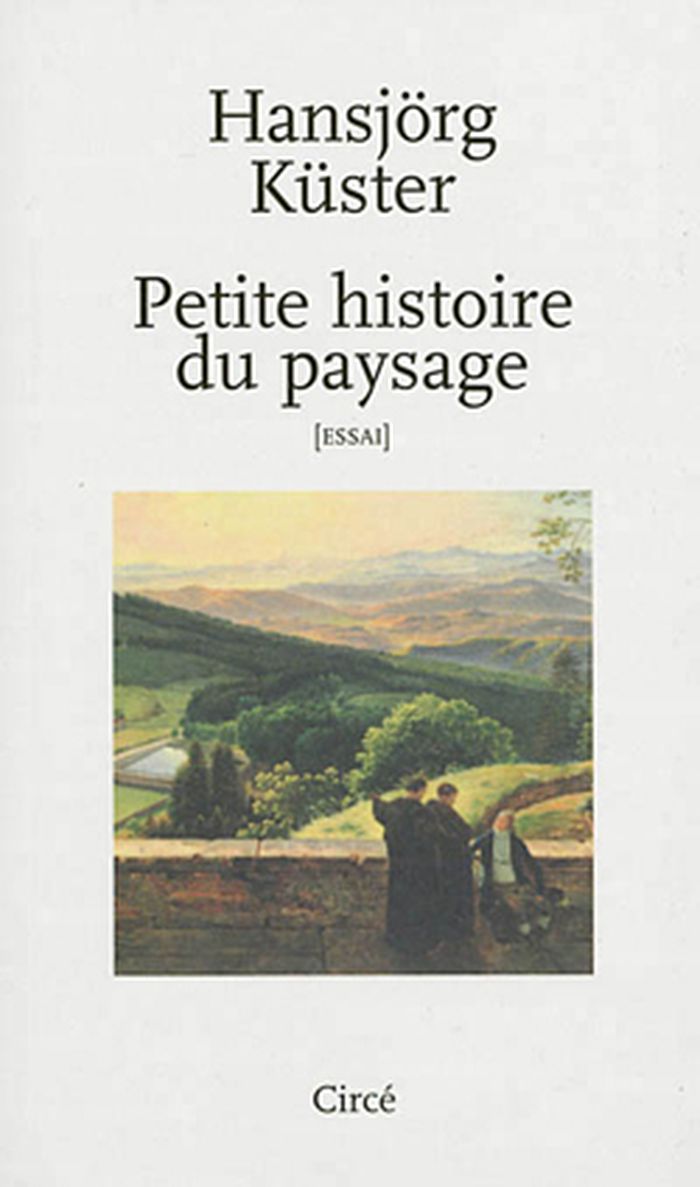$29.95
(available to order)
Summary:
The Metabolic Landscape navigates the disciplines of art, science and philosophy to picture and interpret the planet?s current state of ?metabolic distress?. Humankind?s search for more powerful sources of energy to sustain an urbanising existence has created an energy transition that, while hugely beneficial to human existence, is now being identified as a source of(...)
The metabolic landscape: perception, practice and the energy transition
Actions:
Price:
$29.95
(available to order)
Summary:
The Metabolic Landscape navigates the disciplines of art, science and philosophy to picture and interpret the planet?s current state of ?metabolic distress?. Humankind?s search for more powerful sources of energy to sustain an urbanising existence has created an energy transition that, while hugely beneficial to human existence, is now being identified as a source of harm. Just as metabolic disease refers to energy-sourced medical problems, so too the planet, the authors propose, is showing increasing signs of metabolic distress.
Landscape Theory
Limber: essays
$19.95
(available to order)
Summary:
Angela Pelster's startling essay collection charts the world's history through its trees: roots in the ground, rings across wood, topiaries, wind-sculpted pines, the skinny poplars of her youth in Canada, and a desert in Niger, where "The Loneliest Tree in the World" once grew. In her backyard, a squirrel's decomposing body below a towering maple prompts a discussion of(...)
Limber: essays
Actions:
Price:
$19.95
(available to order)
Summary:
Angela Pelster's startling essay collection charts the world's history through its trees: roots in the ground, rings across wood, topiaries, wind-sculpted pines, the skinny poplars of her youth in Canada, and a desert in Niger, where "The Loneliest Tree in the World" once grew. In her backyard, a squirrel's decomposing body below a towering maple prompts a discussion of the science of rot, as well as a metaphor for the ways in which nature programs us to consume ourselves. Pelster is a writer who looks and listens closely: She watches tree frogs and questions how long we can love one another, she listens to the music of an artist who places paper-thin slices of sectioned tree trunks on his record player and hears the sounds’ mourning. Beautiful, deeply thoughtful, and wholly original, Limber valiantly asks what it means to sustain life on this planet we've inherited.
Landscape Theory
Landscript 03: topology
$50.00
(available to order)
Summary:
Topology is the third volume of the Landscript series, which explores spatial, physical, poetic and philosophical approaches to topology. This volume brings together scientific and creative disciplines to investigate landscape as a cultural construct nonetheless possessed of its own beauty.
Landscript 03: topology
Actions:
Price:
$50.00
(available to order)
Summary:
Topology is the third volume of the Landscript series, which explores spatial, physical, poetic and philosophical approaches to topology. This volume brings together scientific and creative disciplines to investigate landscape as a cultural construct nonetheless possessed of its own beauty.
Landscape Theory
$31.00
(available to order)
Summary:
A Landscape History of New England takes a view of New England’s landscapes that goes beyond picture postcard-ready vistas of white-steepled churches, open pastures, and tree-covered mountains. Its chapters describe, for example, the Native American presence in the Maine Woods; offer a history of agriculture told through stone walls, woodlands, and farm buildings; report(...)
A landscape history of New England
Actions:
Price:
$31.00
(available to order)
Summary:
A Landscape History of New England takes a view of New England’s landscapes that goes beyond picture postcard-ready vistas of white-steepled churches, open pastures, and tree-covered mountains. Its chapters describe, for example, the Native American presence in the Maine Woods; offer a history of agriculture told through stone walls, woodlands, and farm buildings; report on the fragile ecology of tourist-friendly Cape Cod beaches; and reveal the ethnic stereotypes informing Colonial Revivalism. Taken together, they offer a wide-ranging history of New England’s diverse landscapes, stretching across two centuries.
Landscape Theory
$35.00
(available to order)
Summary:
Roberto Burle Marx (1909–1994) remains one of the most important landscape architects in the history of the field. His distinctive and widely acclaimed work has been featured and referenced in numerous sources, yet few of Burle Marx’s own words have been published. This collection of a dozen of Burle Marx’s lectures, most of which have never before been available in(...)
Roberto Burle Marx lectures: Landscape as art and urbanism
Actions:
Price:
$35.00
(available to order)
Summary:
Roberto Burle Marx (1909–1994) remains one of the most important landscape architects in the history of the field. His distinctive and widely acclaimed work has been featured and referenced in numerous sources, yet few of Burle Marx’s own words have been published. This collection of a dozen of Burle Marx’s lectures, most of which have never before been available in English, fills that void. Delivered on international speaking tours, they address topics such as Concepts in Landscape Composition, Gardens and Ecology and The Problem of Garden Lighting. Their publication sheds light on Burle Marx’s distinctive ethic and aesthetic of landscape, as “the real art in living.” The lectures paint a picture of Burle Marx not just as a gardener, artist and botanist, but as a landscape architect whose ambition was to bring radical change to cities and society.
Landscape Theory
Flood : nature and culture
$27.95
(available to order)
Summary:
Withington describes how aspects of floods—the power of nature, human drama, changed landscapes—have fascinated artists, novelists, and filmmakers. He examines the ancient, catastrophic flood that appears in many religions and cultures and considers how the symbol of the flood has become a key icon in world literatures and a component of the contemporary disaster movie.
Flood : nature and culture
Actions:
Price:
$27.95
(available to order)
Summary:
Withington describes how aspects of floods—the power of nature, human drama, changed landscapes—have fascinated artists, novelists, and filmmakers. He examines the ancient, catastrophic flood that appears in many religions and cultures and considers how the symbol of the flood has become a key icon in world literatures and a component of the contemporary disaster movie.
Landscape Theory
Desert : nature and culture
$27.95
(available to order)
Summary:
Sand. Cacti. Lizards. Mirages. Deserts call to mind exotic places, a sense of adventure and freedom, but also thirst and desolation. In Desert, Roslynn D. Haynes takes a look at this geographical feature and cultural entity as it becomes an increasingly threatened environment.
Desert : nature and culture
Actions:
Price:
$27.95
(available to order)
Summary:
Sand. Cacti. Lizards. Mirages. Deserts call to mind exotic places, a sense of adventure and freedom, but also thirst and desolation. In Desert, Roslynn D. Haynes takes a look at this geographical feature and cultural entity as it becomes an increasingly threatened environment.
Landscape Theory
$29.95
(available to order)
Summary:
Lucas describes how bamboo’s special characteristics, such as its ability to grow quickly and thus be an easily replaced resource, offers potential solutions to modern ecological dilemmas. She explores the vital role bamboo plays in the survival of many animals and ecosystems, as well as its use for some of the earliest books ever written, as the framework for houses, and(...)
Bamboo
Actions:
Price:
$29.95
(available to order)
Summary:
Lucas describes how bamboo’s special characteristics, such as its ability to grow quickly and thus be an easily replaced resource, offers potential solutions to modern ecological dilemmas. She explores the vital role bamboo plays in the survival of many animals and ecosystems, as well as its use for some of the earliest books ever written, as the framework for houses, and for musical instruments. As modern research and technologies advance, she explains, bamboo use has increased dramatically—it can now be found in the filaments of light bulbs, airplanes, the reinforcements of concrete, and even bicycles. Filled with illustrations, Bamboo is an interesting new take on a plant that is both very old and very new.
Landscape Theory
$29.95
(available to order)
Summary:
The yew is the oldest and most common tree in the world, but it is a plant of puzzling contradictions: it is a conifer with juicy scarlet berries, but no cones; deer can feast on its poisonous foliage, but it is lethal to farm animals; and it thrives where other plants cannot because of its extraordinarily low rate of photosynthesis. Exploring this paradoxical plant in(...)
Yew
Actions:
Price:
$29.95
(available to order)
Summary:
The yew is the oldest and most common tree in the world, but it is a plant of puzzling contradictions: it is a conifer with juicy scarlet berries, but no cones; deer can feast on its poisonous foliage, but it is lethal to farm animals; and it thrives where other plants cannot because of its extraordinarily low rate of photosynthesis. Exploring this paradoxical plant in Yew, Fred Hageneder surveys its position in religious and cultural history, its role in the creation of the British Empire, and its place in modern medicine.
Landscape Theory
Petite histoire du paysage
$32.95
(available to order)
Summary:
Jardins à l’italienne, à la française ou à l’anglaise, nature sauvage ou nature préservée, bruyère, forêt ou montagne : le paysage, c’est tout cela. Il est même des paysages lunaires, urbains ou encore des paysages d’intérieur. Autrement que la nature qui vit et se transforme indépendamment de sa perception par les hommes, le paysage est toujours déjà un produit de la(...)
Petite histoire du paysage
Actions:
Price:
$32.95
(available to order)
Summary:
Jardins à l’italienne, à la française ou à l’anglaise, nature sauvage ou nature préservée, bruyère, forêt ou montagne : le paysage, c’est tout cela. Il est même des paysages lunaires, urbains ou encore des paysages d’intérieur. Autrement que la nature qui vit et se transforme indépendamment de sa perception par les hommes, le paysage est toujours déjà un produit de la réflexion. Lorsque nous observons un paysage, nous l’interprétons. Métaphores, ambiances et associations d’idées viennent se greffer sur ce que nous voyons. Fondamentalement humain, le paysage est cependant toujours composé d’éléments culturels. Même les paysages urbains et les parcs, endroits complètement artificiels, sont en partie soumis à l’action de la nature. À l’inverse, un paysage n’est jamais purement naturel.
Landscape Theory
